When a passerby started yelling at Tunisian artist Intissar Belaid, as she took an imprint of one of the walls of her exhibition space, she couldn’t have been more delighted. She was making a relief print in pencil of the symbol of the Rassemblement constitutionnel démocratique (RCD), the political party that ruled Tunisia before the revolution in 2011. ‘Why are you drawing this? Are you crazy? Why are you doing this, we did a revolution!’ he shouted at her as she tried to explain ‘I’m not with them’.
‘He was insulting me but I was so happy,’ she told me in June, speaking to me from the oasis town of Gabes, where an exhibition of her work was being held in a former RCD building that has been converted into a cultural space.
The exhibition rooms are scorched black, left that way to preserve the memory of when inhabitants burnt the building, and overthrew the regime it represented, more than ten years ago. Elham Hamrouni, a teacher and local activist I spoke to, said: ‘The revolution in Tunisia was in front of the Ministry of Interior but in Gabès, it was here – we [protested] here everyday from the 9th to the 14th of January. We kicked them out, the ones that were left.’
One of Belaid’s pieces presented artefacts from under President Zine el Abidine Ben Ali and the 2011 uprising, which brought his rule to an end: a tear-gas canister next to a propaganda leaflet, shards of glass found in a looted villa and pin metal badges of the toppled former dictator.
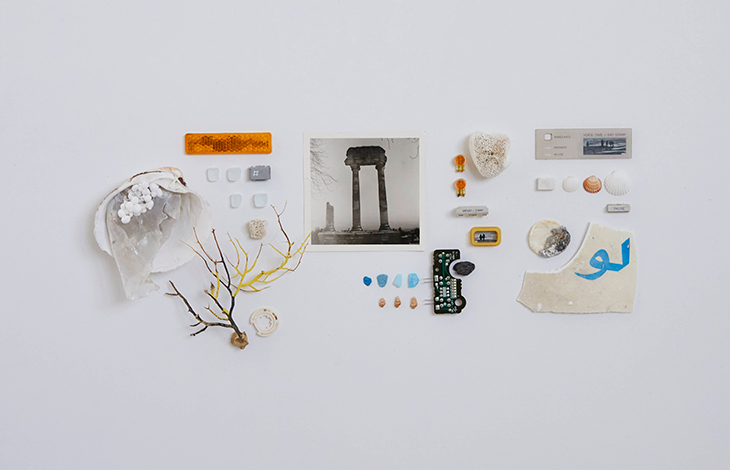
What May Remain I (2020), Intissar Belaid. Courtesy the artist
Belaid, 37, is a film-maker by training and practice but over the last year she has become a kind of archaeologist. ‘Our problem in this country is that we have such a short memory. We are at a point where people are saying it was better under Ben Ali, it’s sad. We haven’t worked enough on the archives,’ she said.
On 25 July, a month after I met Belaid in Gabès, the Tunisian President Kais Saied suspended parliament and seized power in what critics are calling a coup. He declared his actions constitutional according to a widely disputed interpretation of Article 80 of the 2014 Tunisian constitution. The streets of Tunis were full of celebrations, flares, and dancing. On the main avenue Habib Bourguiba, revellers were taking selfies with the military.
On 7 November 1987, Ben Ali used the constitution to take power. A doctor declared then-president Habib Bourguiba medically unfit to fulfil his duties, allowing Ben Ali – the newly appointed prime minister – to invoke article 57 of the 1959 constitution and take his place. The change of regime was calm, there was no bloodshed. Likewise, the months that have followed 25 July have been quiet as people wait to see what happens. It has been suggested that Saied, who was elected president in 2019 with more than 70 per cent of the vote, will change the constitution to install a presidential regime, perhaps via a referendum.
I went back to Belaid this week and asked her what she thought of the situation. ‘It is different and similar,’ she says. ‘What is similar and what is dangerous is that we are reproducing patterns in that we are searching for this paternalistic figure. We had it with [Habib] Bourguiba, with Ben Ali, and now Kais Saied.’ What is different now, she says, is that the country has had a revolution: ‘Tunisians know more [better] what they want and what is possible.’
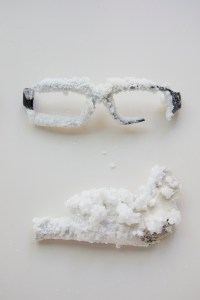
Courtesy Intissar Belaid
During the events of 2011, Belaid was doing a masters in cinema at the Sorbonne in Paris, mostly at the insistence of her parents who didn’t see art as a reliable profession. She didn’t enjoy it and then, as the uprising started, she was even more annoyed that she had succumbed to family pressure. ‘It was the revolution and I was so pissed that I missed this! That I had listened to them,’ she says. For Belaid, gathering the objects and archiving that time is about ‘getting contact with the missed moment of history’.
When Tunisia went into lockdown to stop the spread of Covid-19 in March 2020, Belaid was living in a suburb by the sea and went for walks along the beach twice a day, collecting objects on the way. As the virus spread across the world and the numbers of deaths rose, her mood became apocalyptic. ‘I started to think, with the whole world context, what will remain of our civilisation,’ she says. “Is it a spoon of ice cream? The remains of a smartphone?”
She plays with the objects and puzzles them together; broken plastic next to shells next to found photos. In one series, she goes forward in time by putting her objects in a salt solution to create a white crust. ‘This is a phenomenon that happens over years. I tried to experiment, to play with the ocean of time to think about how these things will look after us,’ she says. Aesthetically and conceptually, she draws on Chott el Jerid, a dried-up salt lake in the south of Tunisia.
Belaid started her excavations in an objective way: she just wanted to wander, collect and see what was there. Then, unresolved issues around police violence pushed her to become more intentional. She started searching for tear gas canisters from 2011 and from today.
When people celebrated in the street on 25 July Belaid joined them, wanting to enjoy this moment of hope and common purpose even though she knew the risks. ‘It’s sad because people want to believe in it, but in what?’
Unlimited access from just $16 every 3 months
Subscribe to get unlimited and exclusive access to the top art stories, interviews and exhibition reviews.


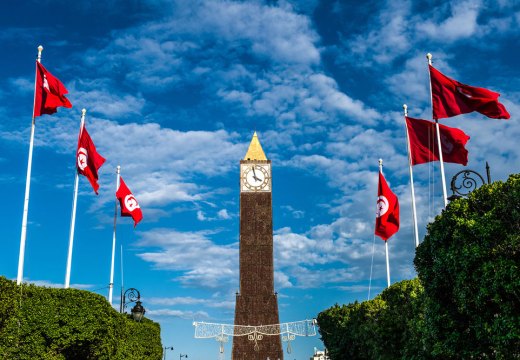
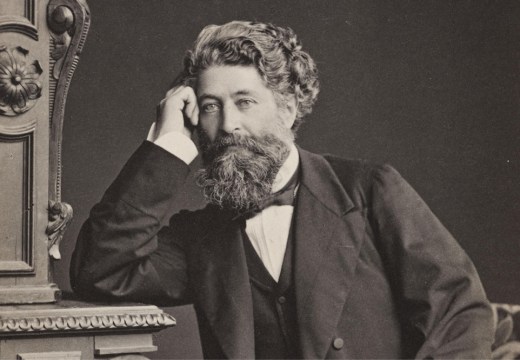
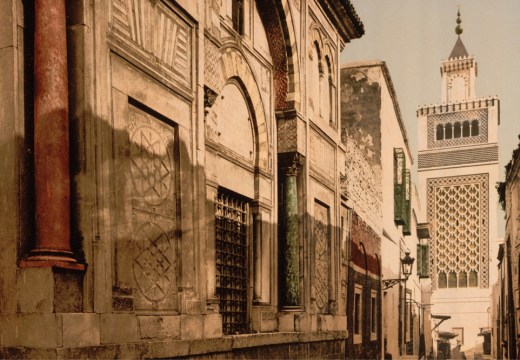









![Masterpiece [Re]discovery 2022. Photo: Ben Fisher Photography, courtesy of Masterpiece London](http://www.apollo-magazine.com/wp-content/uploads/2022/07/MPL2022_4263.jpg)
Has arts punditry become a perk for politicos?